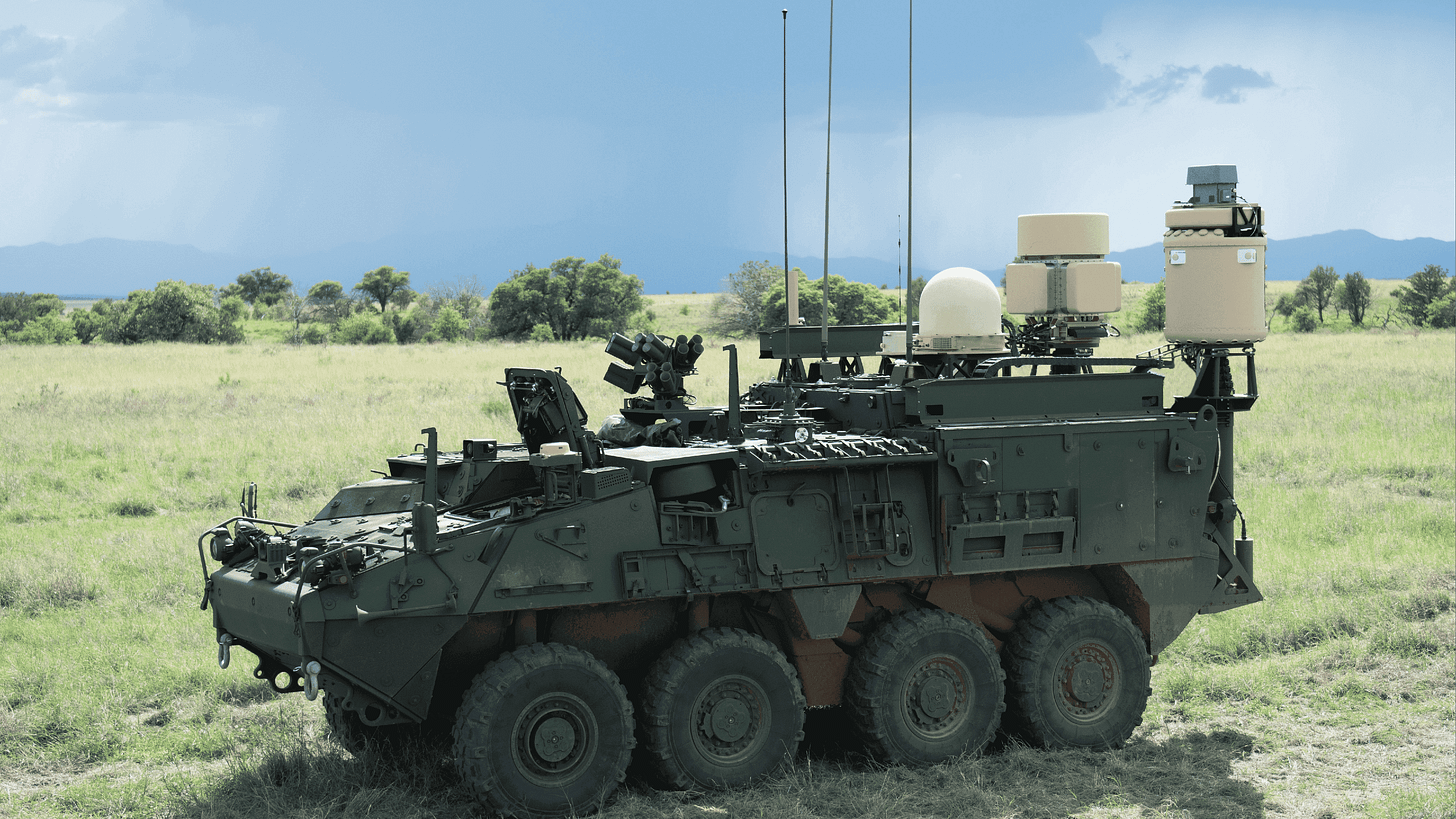A Very Old Crow Reacts To The Brand-New US Army 'Terrestrial Layer System'
Tactical SIGINT/EW in the 21st Century
It has wheels, at least. Too many wheels, if you ask me. But at least it has wheels.
Not that anyone has asked me, because I am just a “Raven” or “Old Crow” from the 1990s-era of US Army tactical signals intelligence and electronic warfare (SIGINT and EW), not a defense consultant.
To be clear, I have not la…
Keep reading with a 7-day free trial
Subscribe to Polemology Positions to keep reading this post and get 7 days of free access to the full post archives.


